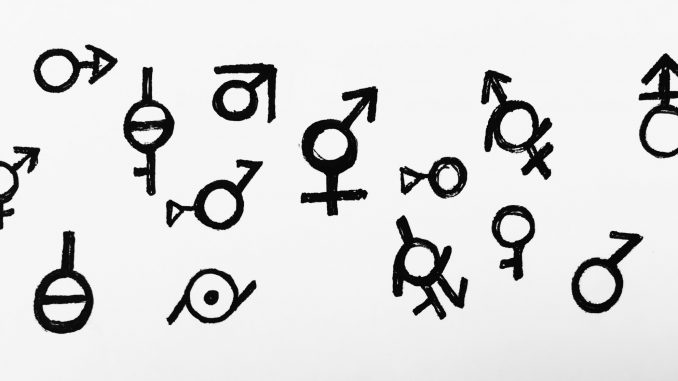
“Throw Fives” can be seen written on whiteboards on the doors of freshman dorm rooms. It refers to how at some college parties, men have to pay $5 to get in, while women get in for free.
Throwing fives makes two assumptions. One, that gender is limited to male and female. And two, that gender is identifiable by one’s appearance. In reality, gender is much more complicated.
What exactly is gender? It is still being unpacked by some scholars at Temple today.
Nu’Rodney Prad, the director of student engagement at the Office of Institutional Diversity, Equity, Advocacy and Leadership, defines gender as “one’s sense of self.”
“That sense of self may align with the sex assigned at birth or it may not align, whether you believe in the binary system or not,” he added.
Fabienne Darling-Wolf, a professor in the journalism department who researches gender in Japan, defines it as one’s social expression of femininity and masculinity.
Sex, gender and sexual orientation are often considered synonymous or near-synonymous terms, but they have important distinctions.
According to the American Psychological Association, gender identity refers to an internal sense of one’s being and expression, like for some, masculinity and femininity. Sex defines the biology of a person and which organs they possess.
Sexual orientation is “more so the attraction of these things,” Prad said. “‘Who am I attached to? Am I attracted to people who identify as man or woman or neither nor?’”
Recognizing that there is a spectrum of masculinity to femininity and that people fall into different places along that spectrum, or even outside that spectrum is a good first step in understanding the variety of gender identities, Darling-Wolf said.
According to Gender Spectrum, an organization that seeks to foster gender-inclusive environments for youth, the gender binary is the concept that only two genders exist, but this idea has been challenged. Gender identity can encompass a variety of identities, like non-binary, demigender, agender and gender fluid.
University of Massachusetts Amherst’s Stonewall Center for LGBTQ+ resources defines non-binary, demigender, agender and gender fluid as the following: non-binary is rejecting the notion that there are only two genders known as male and female; demigender is when an individual partially identifies as male or female; agender is a lack of gender; and gender fluidity is when someone’s gender identity is not stationary.
Gender can change over time, Prad said, adding that, “just because I identify this way one day doesn’t mean that I’m always going to identify that way because there is this fluid system.
“I’m not being contained in this one chained box,” he said.
The IDEAL office will offer several educational programs during National Coming Out Week on Oct. 2 through Oct. 6. The programs will educate the Temple community about gender and sexual identities.
To keep this conversation going, the Intersection will continue to explore the gender experience at Temple.






Great information and happy to see Temple educating everyone about gender.